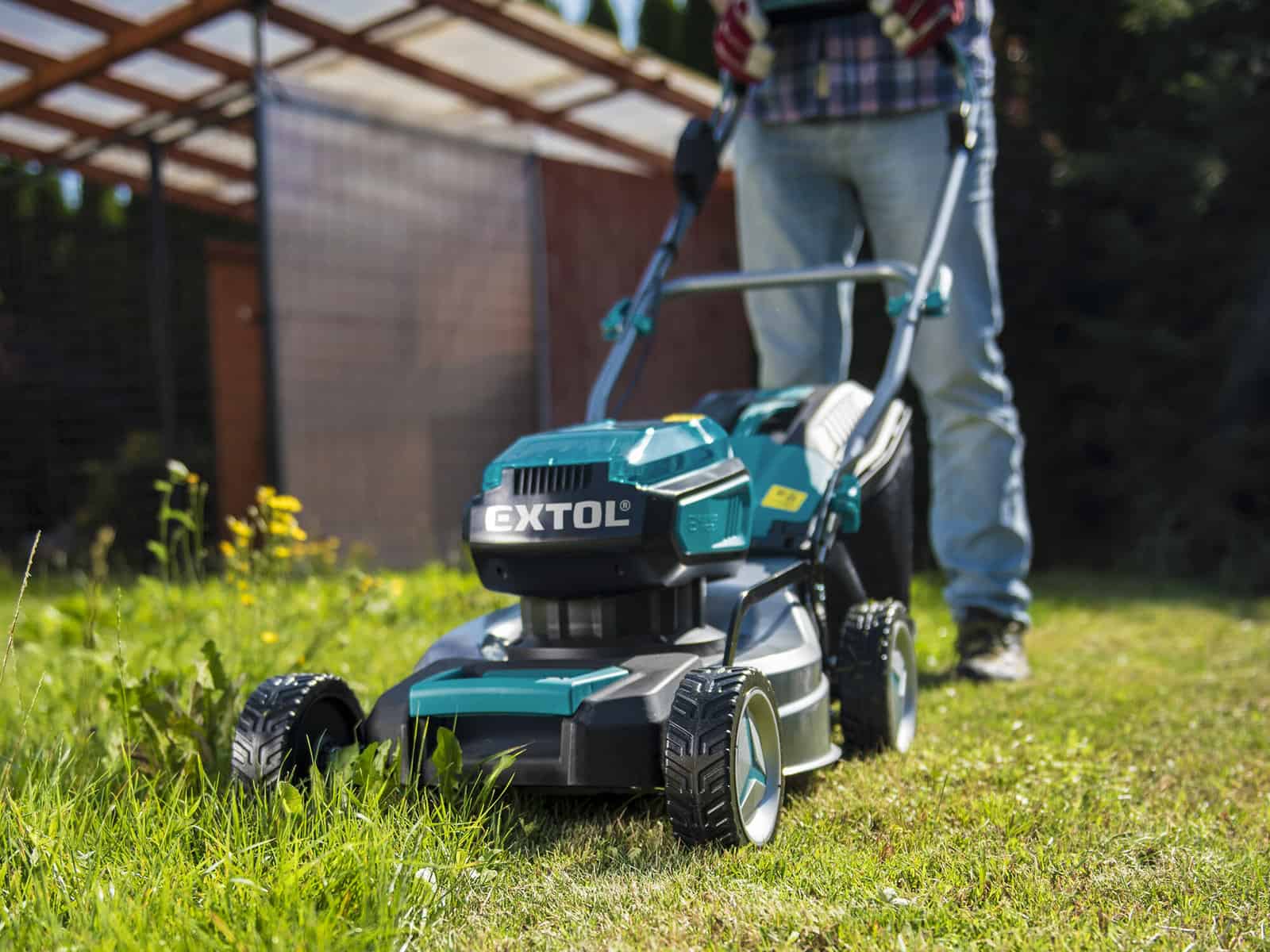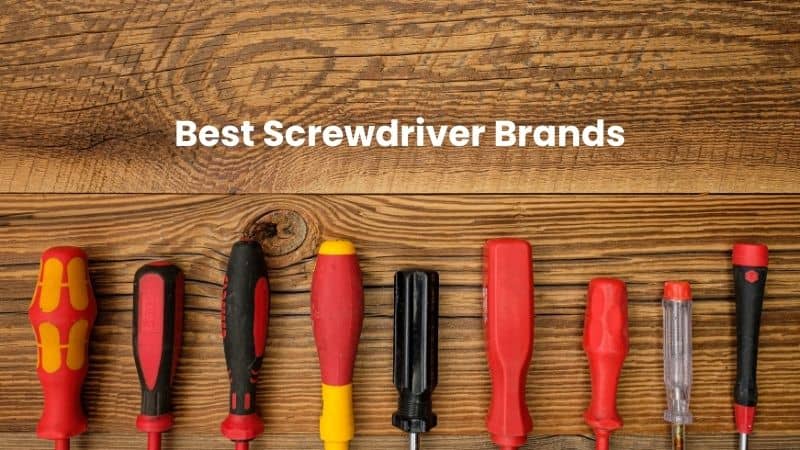Spray guns are like magical wands that bring your painting dreams to life. They can help you achieve a more even, consistent, and professional-looking finish than traditional paint brushes or rollers.
Moreover, they allow you to apply paint quickly, efficiently, and with greater control, transforming dull and drab surfaces into beautiful, vibrant works of art.
However, if you’re unfamiliar with HVLP spray guns, you’re missing out on an even better painting experience. Read along to learn what is HVLP spray guns.
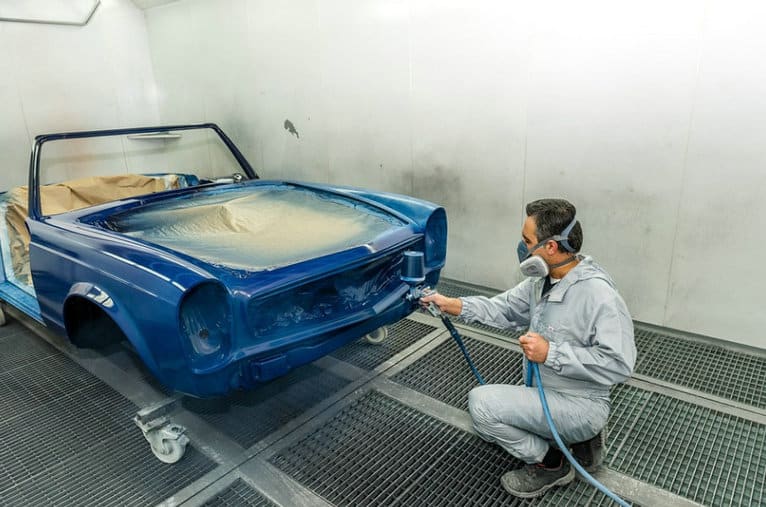
What is HVLP Spray Gun?
HVLP stands for High Volume, Low Pressure. The gun uses a high volume to atomize the paint and create a fine mist of paint particles. This process allows for a more controlled and precise paint application, resulting in a smoother and more even finish.
HVLP paint sprayers are the latest advancement in painting technology, offering several advantages over traditional spray guns.
Components of an HVLP Paint Sprayer
The HVLP gun consists of a gun body, a paint container, a trigger, a nozzle, and a needle. The gun body is the main body of the spray gun, and it’s where the other components are attached.
The paint container holds the paint, and the trigger controls the flow of paint. The nozzle and needle control the spray pattern and paint volume.
Differences Between an HVLP Spray Gun and Conventional Spray Guns
The primary difference is in the way they atomize the paint. HVLP spray guns use lower pressure than conventional spray guns, which results in less overspray and less wasted paint. Also, they’re more efficient, as they transfer more paint onto the painted surface, resulting in less time spent on touch-ups.
Aside from that, HVLP paint sprayers are more environmentally friendly since they produce less overspray, less air pollution, and less clean-up are required. Plus, they use less paint, which means less waste and a lower impact on the environment.
The Pros of HVLP Spray Gun

In painting, achieving a professional-looking finish can be challenging, especially if you use the wrong tools. Luckily, HVLP sprayers have made painting more effortless. Thanks to their benefits, it is popular among DIY enthusiasts and professional painters. Here are the advantages of using an HVLP paint sprayer:
Better Transfer Efficiency: HVLP paint sprayers use a lower air pressure to atomize the paint, resulting in a high percentage of paint on your surface. This is because the paint is delivered in a denser pattern, reducing the likelihood of the paint running or sagging.
Reduced Overspray: HVLP sprayers produce a fine mist of paint particles less likely to drift in the air than airless sprayers guns. This means more paint lands where you want it to, and less goes to waste. Additionally, this helps keep your workspace cleaner and safer, as you won’t have to breathe in as many HVLP paint fumes or worry about the overspray damaging nearby surfaces.
Less Air Pollution: Since HVLP sprayers produce less overspray, they’re better for the environment. With less paint going to waste, you’ll use less, reducing the amount of hazardous waste you produce. Furthermore, HVLP paint sprayers don’t release as many volatile organic compounds (VOCs) into the air, which help reduce air pollution and protect your health.
Enhanced control: HVLP guns offer greater control over paint application than airless paint sprayers. This is because the lower pressure and finer spray pattern allow you to achieve a more uniform and precise coat of paint. With an HVLP paint sprayer, you can easily adjust the paint flow and its pattern to match your painting surface, resulting in a smoother, more professional-looking finish.
More precise finishes: The sprayer produces a fine mist, creating a smoother, more even paint application than other sprayers. This means you’ll spend less time fixing mistakes or applying touch-ups and achieve a high-quality finish every time. Additionally, HVLP paint sprayers are great for achieving a flawless finish on surfaces with intricate or irregular shapes, such as furniture or vehicles.
The pros of HVLP spray guns make them popular for painters looking to achieve a high-quality finish while minimizing waste and environmental impact. With better transfer efficiency, reduced overspray, less air pollution, enhanced control, and more precise finishes, HVLP spray guns offer numerous advantages over airless sprayers.
Cons of HVLP Spray Gun
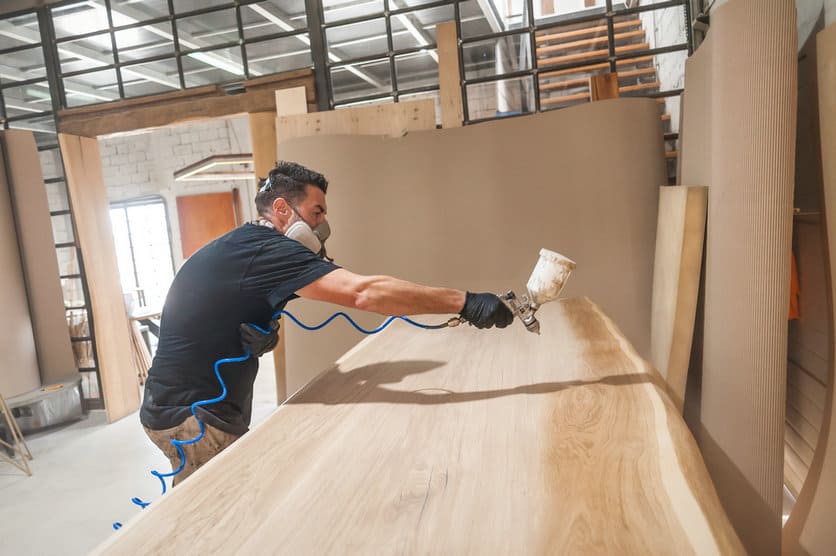
As with any tool, there are pros and cons to using an HVLP paint sprayer for your painting projects. Here are a few downsides to using an HVLP sprayer:
Higher Cost: HVLP spray guns are more expensive than other sprayers. This is because they require more advanced technology to produce the fine mist of paint particles and higher-quality components to withstand the high pressure. However, many painters consider the investment in HVLP paint sprayers worth it for the improved finish quality and reduced waste.
Slower Application Time: Since HVLP spray guns use low pressure to atomize the paint, they can take longer to apply. The paint is delivered in a denser pattern, so you’ll need to make more passes to cover the same area. However, this slower application time can be advantageous in some situations, such as when you need to achieve a more precise finish.
Requires More Skill: Because HVLP sprayers offer greater control over paint application, they require more skill to use effectively. You’ll need to adjust the paint flow and spray pattern carefully to match the surface you’re painting, and you’ll need to be mindful of the distance between the gun and the surface. But, most painters can effectively learn to use an HVLP gun with practice and patience.
May Require Additional Equipment: To get the most out of your sprayer, you may need to invest in additional equipment, such as a larger air compressor, a regulator, and a moisture separator. These items can add to the overall cost of an HVLP sprayer, but they’re essential for achieving the best possible results.
So, while the benefits of using HVLP sprayers are numerous, it’s essential to consider the potential drawbacks before purchasing. When you carefully weigh the pros and cons, you can decide if an HVLP sprayer is the right tool for your needs.
Types of HVLP Spray Gun
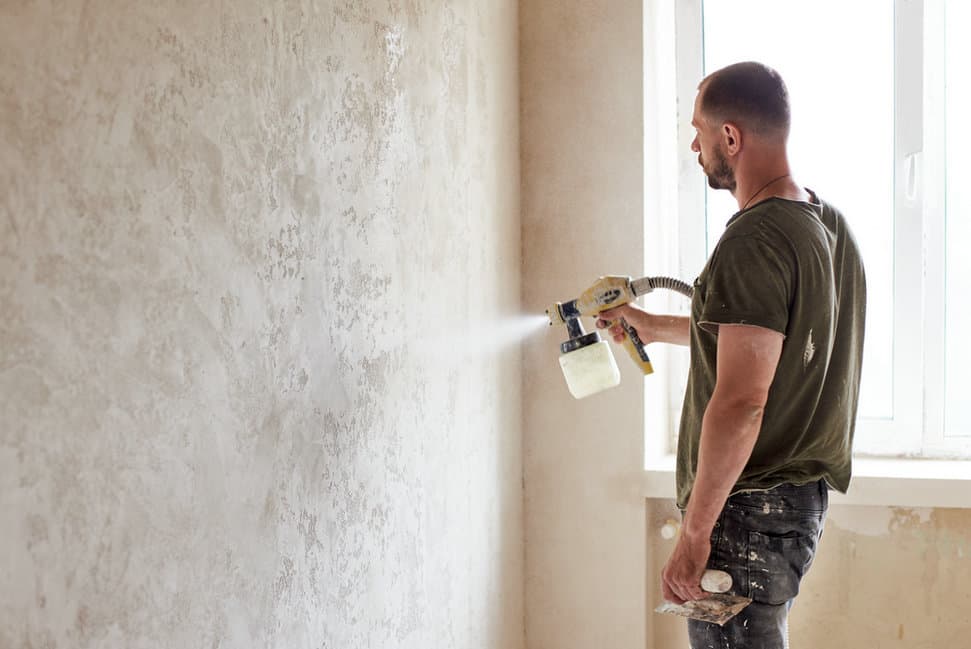
As with most tools, there are different types of HVLP sprayers, each with unique features and benefits. Here are three main types of HVLP sprayers, including their differences and what they are best suited for.
1. Compact Models
Compact HVLP spray guns are highly convenient for those looking for a simple and easy-to-use option. They can be quickly plugged into any power outlet, and their onboard pump provides air to atomize the material being sprayed.
They are best suited for small areas such as trim work or touch-up jobs. While cordless versions are available, they tend to be more expensive and may have limited run times.
2. Turbine Models
Turbine high volume low-pressure spray guns provide increased power for those tackling more extensive projects. These models use a separate turbine unit to supply air pressure, resulting in a powerful spray.
They are great for furniture work, small decks, and siding but may be slow for larger projects like painting an entire house. They’re generally more lightweight than compressor-driven models, but they can still be cumbersome to move around, especially if you’re working in tight spaces.
3. Compressor-driven Models
The compressor-driven spray gun is a professional-grade tool designed for heavy-duty applications. They typically require a lower pressure, making them compatible with smaller compressors.
These models are commonly found in auto body shops and are a popular choice among professionals due to their increased adjustability and long-term durability. They’re also faster, making them ideal for regularly painting large areas.
However, they have a steeper learning curve than other models and require regular maintenance. While suitable for home users, even relatively small compressors can be heavy and not particularly portable.
Both turbine and compressor-driven HVLP systems require an air hose to deliver air to the gun. However, it’s essential to note that the length of the hose can affect performance. A short hose may be restrictive, limiting the movement of the operator, while a long hose can decrease the air pressure, leading to a suboptimal finish.
Professional models typically offer the option to purchase longer hoses, but this isn’t usually the case with turbine models. So, it’s essential to check the hose length before purchasing a turbine model to ensure that it will meet your needs.
How to use an HVLP Spray Gun
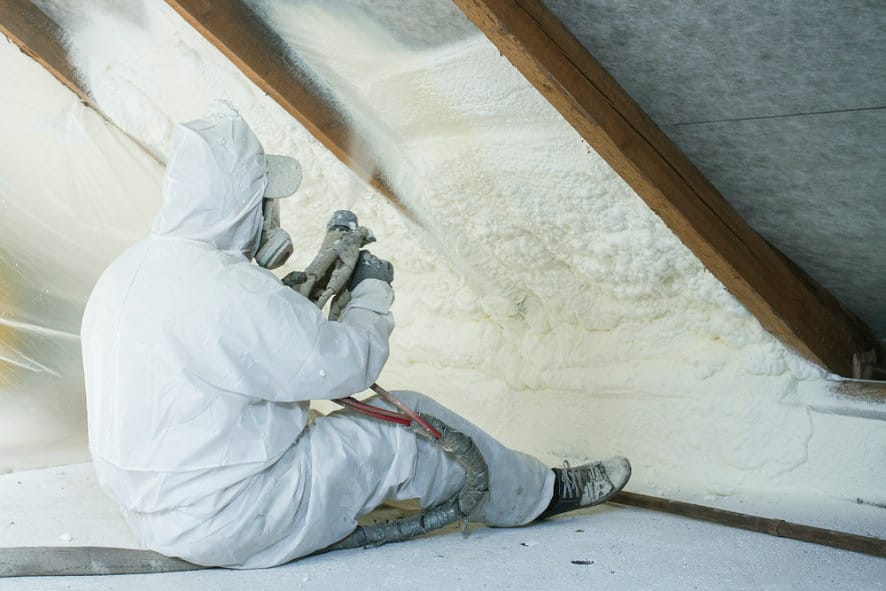
Using an HVLP paint sprayer can initially seem intimidating, but it can be a breeze with the right preparation and technique. You’ll want to ensure you have all the necessary tools and materials to start. This includes protective gear like gloves, goggles, and a respirator mask. Also, you’ll want to ensure your workspace is well-ventilated and free of debris or dust.
Once you’re ready to start, setting up your sprayer is the first step. This involves attaching the air hose, filling the paint cup, and adjusting the spray pattern and air pressure. It’s essential to follow the manufacturer’s instructions closely to ensure proper setup and prevent any accidents or damage to the sprayer.
When it comes to spraying technique, it’s best to start with a test spray on a scrap piece of material. This allows you to adjust the gun settings and get a feel for the pattern before moving on to your project. As you begin to spray, remember to keep the gun at a consistent distance from the surface and move in a steady, back-and-forth motion to ensure even coverage.
After painting, cleaning and maintaining your sprayer gun properly is essential. This includes disassembling the gun, cleaning each component with the appropriate solvent, and ensuring all parts are fully dry before reassembling.
Regular maintenance can help prolong the life of your gun and prevent any issues with clogging or damage. With these tips in mind, using an HVLP sprayer can be a rewarding and efficient way to achieve professional-looking finishes on your projects.
Factors to Consider When Choosing an HVLP Spray Gun
Choosing the right HVLP sprayer can be overwhelming, especially with so many options available. Therefore, it’s best to consider essential factors to help you narrow your choices and find the best sprayer for your specific needs. Here are the elements you need to consider when choosing a sprayer
- Consideration of your Needs: It’s essential to consider the projects you typically work on. For instance, if you’re a professional painter who handles larger projects, you’ll want a more robust and efficient HVLP sprayer. On the other hand, if you’re just a DIYer who occasionally paints furniture or small projects, a more basic equipment may suffice.
- Type of Materials Used: Different paint sprayers are designed to handle different materials. For instance, if you plan to spray thicker materials like latex paint, you’ll need a spray gun that can handle high-viscosity materials.
- Available Budget: HVLP sprayers can vary significantly in price, from a few hundred to several thousand dollars. Your budget will play a significant role in determining which HVLP gun you can afford. However, remember that a higher-priced HVLP spray gun may have more features and higher-quality components to help you achieve a better finish.
- Required Finish Quality: It’s essential to consider the finish quality you require for your projects. You’ll likely need an HVLP paint sprayer to produce a flawless finish if you’re a professional painter. However, if you’re a DIYer looking to get the job done, you may not need to invest in a high-end HVLP paint spraying system.
Considering these factors, you can choose a paint sprayer that meets your needs and helps you achieve the best possible finish for your projects.
HVLP Paint Sprayers On Extol
1. Pneumatic Spray Gun, HVLP 8865050
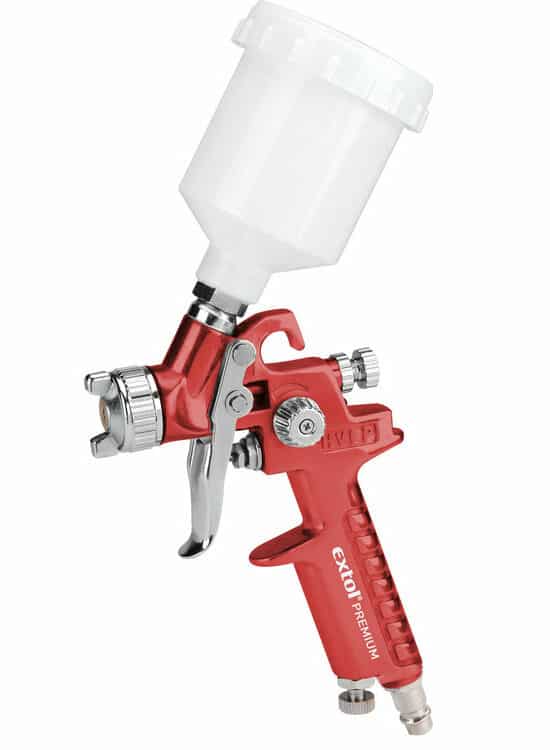
HVLP 8865050 is designed with a gravity feed and professional air cap, providing excellent atomization and making it ideal for various painting applications. With a nozzle diameter of 0.8mm and an applicable average nozzle size range of 0.5-1.0mm, the HVLP 8865050 can produce precise and accurate results every time.
Its container volume of 100ml, the liquid consumption rate of 70-100ml/min at 2.1 bar, and air consumption rate of 150-226L/min make it an efficient and practical choice for small to medium-sized projects.
Despite its compact size, the HVLP 8865050 packs a punch. Its max working pressure of 2.1 bar (0.21Mpa) ensures reliable performance, while its paint and environment temperature range of 5-43°C makes it a versatile tool for use in various settings. Its nipple diameter of ¼ inch and weight of just 0.3kg make it easy to handle and control, even during extended use.
Crafted from durable polypropylene material, the HVLP 8865050 is built to withstand heavy use and provide reliable performance for years. So, whether you’re a professional painter or a DIY enthusiast, this pneumatic spray gun is a must-have tool for achieving outstanding results.
2. Pneumatic Spray Gun, HVLP 8865052
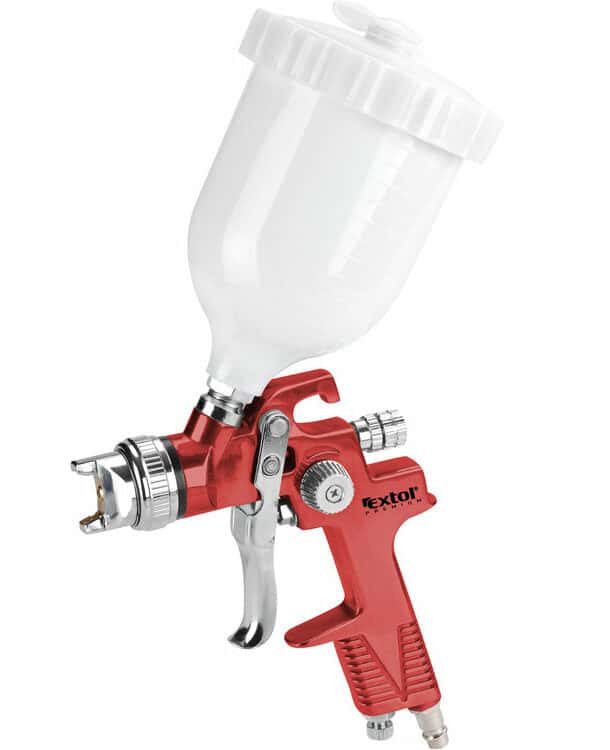
This innovative tool boasts an adjustable beam gravity feed air cap and an airflow regulator, allowing you to customize the output to suit your needs. And with a nozzle diameter of 1.4mm and an applicable average nozzle size of 1.2-2.0mm, you can rest assured that you’ll be able to handle any job that comes your way.
Also, HVLP 8865052 features a 600ml container volume, a liquid consumption rate of 160-220ml/min (2.1 bar), and an air consumption rate of 150-410L/min. With a maximum working pressure of 4 bar (0.4Mpa), and a paint and environment temperature range of 5-43°C, this spray gun is built to perform under any conditions.
And at only 0.7kg, the 8865052 is lightweight and easy to handle, while its polypropylene container material ensures durability and long-lasting use.
3. Pneumatic Spray Gun, HVLP 8865055
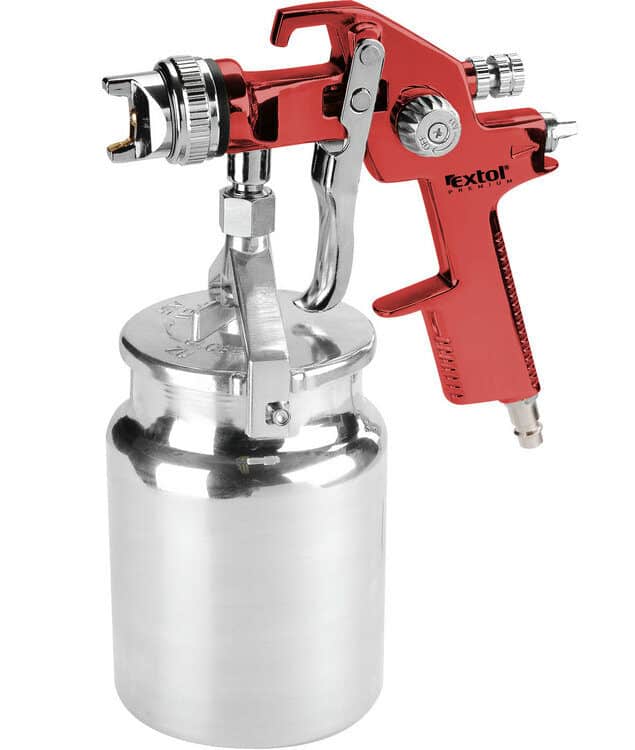
The HVLP 8865055 from the Extol Premium product line is crafted from durable aluminum. This high-quality spray gun is designed to withstand heavy use and provide reliable performance for years. With a container volume of 1000ml, it can easily handle large projects, while its max work pressure of 3 bar (0.3MPa) ensures reliable and consistent results every time.
The HVLP 8865055 is also equipped with an adjustable nozzle, with a diameter of 1.4mm and an applicable average nozzle range of 1.2-2.0mm. That makes it capable of tackling various painting tasks with precision and accuracy.
Its liquid consumption rate of 110-180ml/min at 3 bar and an air consumption rate of 150-410l/min make it an efficient and effective choice for any job. Its paint and environment temperature range of 5-43°C makes it a versatile tool for use in various settings, while its premium construction ensures reliable performance and durability.
Conclusion
HVLP paint sprayers have revolutionized the painting industry with better transfer efficiency, reduced overspray, and more precise finishes. While they have drawbacks, such as higher costs and slower application time, the benefits outweigh the cons.
If you’re considering purchasing an HVLP paint sprayer, consider your needs, the materials you’ll be using, your budget, and the required finish quality. With proper preparation, setup, and technique, you’ll be able to achieve a flawless finish in no time.
So, if you’re ready to take your painting skills to the next level, invest in HVLP paint sprayers and experience the difference it can make in your work.


